32Scan Vs 64Scan
Different Between 1/32 scan & 1/64scan
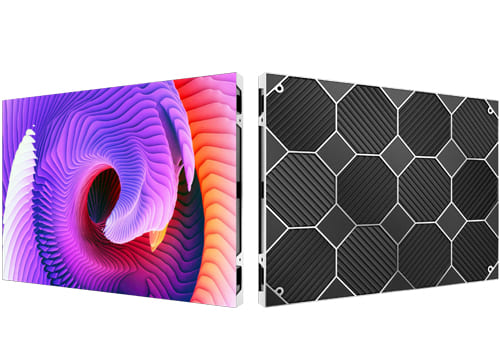
The main difference between 32 scan and 64 scan in LED screens lies in the number of rows that are illuminated simultaneously, which affects the brightness and refresh rate of the display.
32 Scan
In a 32 scan mode, 1/32 of the total rows are illuminated at a time.
For example, in a 32x64 pixel LED panel, only 1 row (32 pixels) is lit at any given moment.
The remaining 31 rows are turned off and cycled through rapidly to create the illusion of a complete image.
64 Scan
In a 64 scan mode, 1/64 of the total rows are illuminated simultaneously.
For a 32x64 pixel panel, this means only 16 pixels (half a row) are lit at once.
The remaining 63 rows/half-rows are cycled through to display the full image.
The key differences are:
Brightness: A 32 scan mode appears brighter than a 64 scan mode because more LEDs are illuminated at once.
Refresh Rate: A higher scan rate (64 scan) results in a higher refresh rate since rows are cycled through more quickly. This can reduce flickering.
Power Consumption: A lower scan rate (32 scan) consumes more power as more LEDs are driven simultaneously.
Cost: Higher scan rates require more driver ICs, increasing the cost of the LED panel.
In summary, a 32 scan mode provides higher brightness at the cost of lower refresh rates and higher power consumption compared to a 64 scan mode. The choice depends on the specific requirements of the application, balancing brightness, refresh rate, power, and cost.
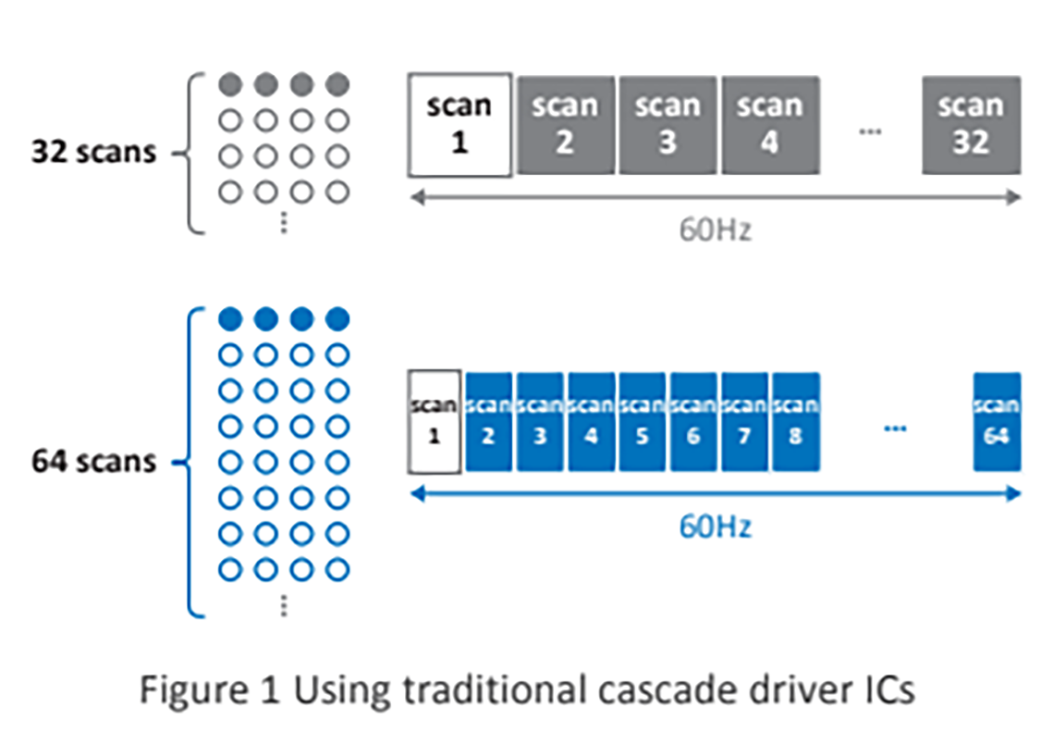


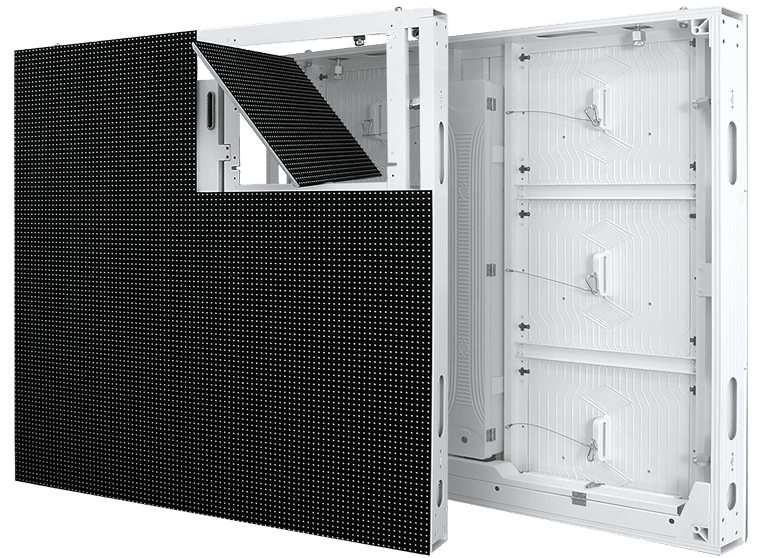
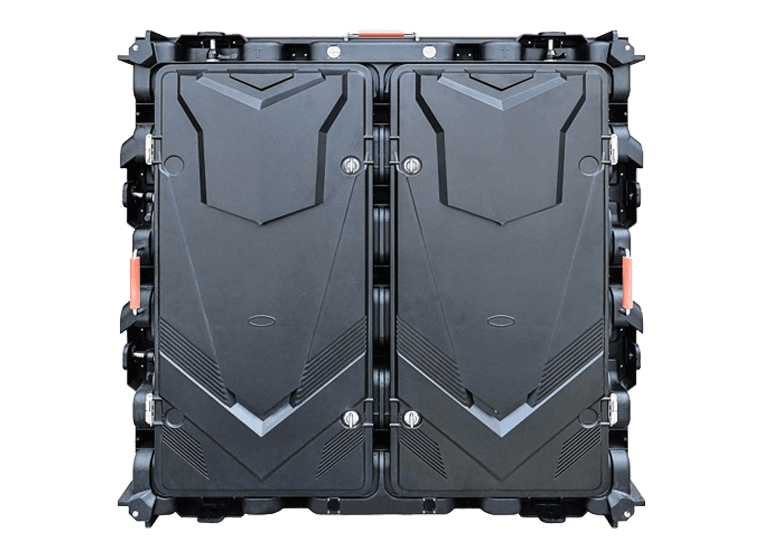
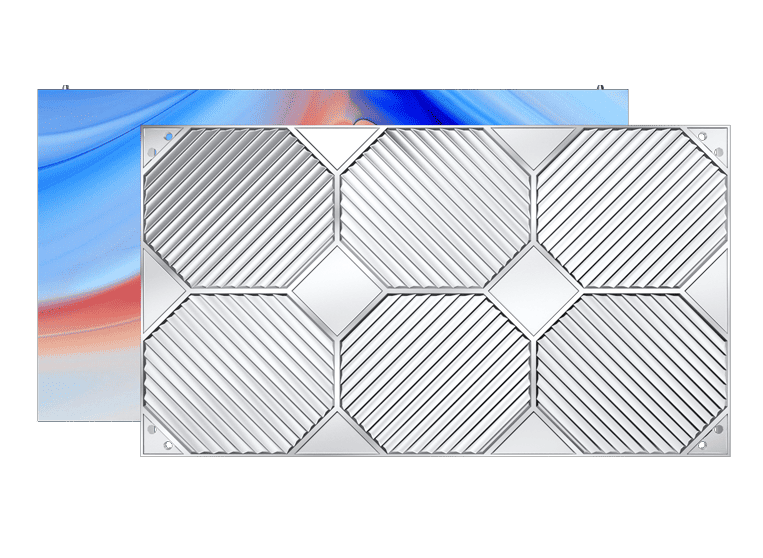
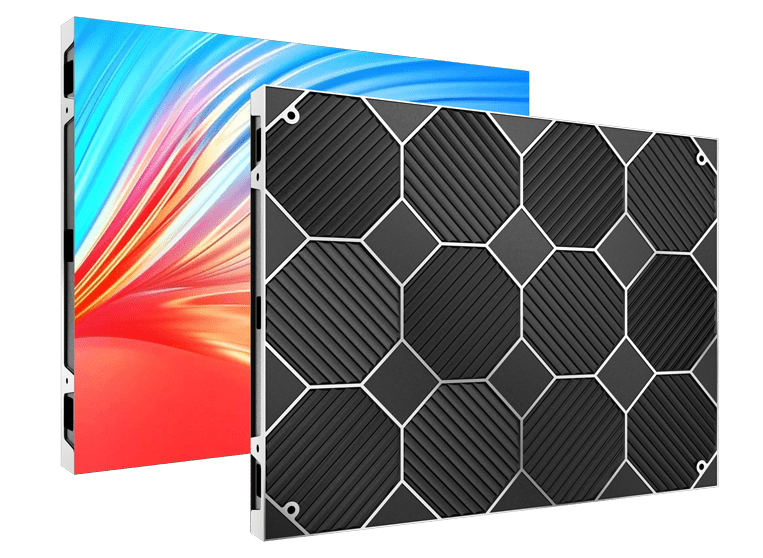





















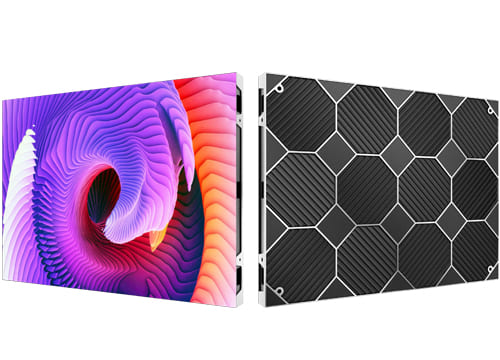


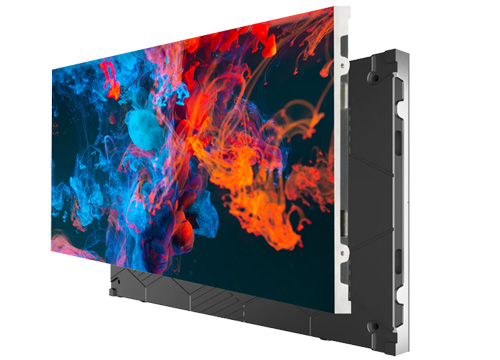
 Bldg 8, Jinan Road, GuangMing District,Shenzhen,China
Bldg 8, Jinan Road, GuangMing District,Shenzhen,China E-mail:sales@protemled.com
E-mail:sales@protemled.com Tel: +86-755-36614049
Tel: +86-755-36614049
